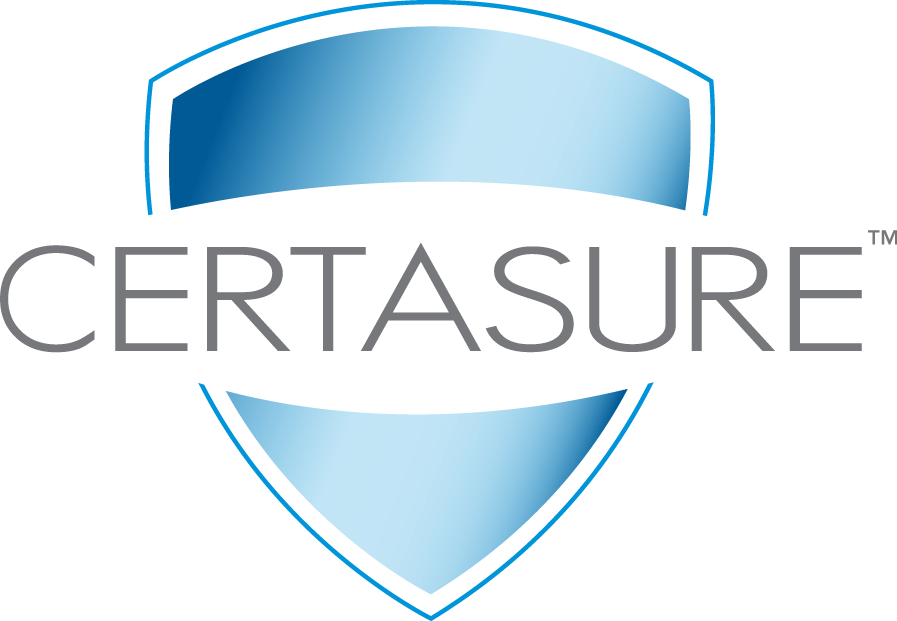Safety Is More Important Than Ever
This industry-leading program consists of five testing protocols that each focus on a particular aspect of the higher risks posed by botanically-sourced colors due to the nature of agriculture. For example, because natural colors need to be extracted from their botanical sources, it’s critical to test for unauthorized solvents to ensure that these chemicals do not end up in a final consumer packaged good.
This blog is part of an ongoing series examining each of the five pillars of the Certasure™ program. For more information on the other testing protocols, choose one of the following:
The Unauthorized Solvent Screening Process
What’s the Risk?
Solvents are used to extract color from botanical sources. Unauthorized solvents or solvents that exceed the permissible level can have negative effects on the human body when consumed.
For example, consumption of methanol, a popular chemical solvent, could have health consequences. Most solvents are measured and regulated at very low parts-per-million (PPM) levels, so although they will not lead to immediate harm, over time they can have an impact on consumer health.
Why Would Unauthorized Solvents Be Used?
Typically, we see the use of unauthorized solvents because they extract the color better or more efficiently. Harsher chemicals can extract more or stronger color but may not meet food safety requirements.
What do we screen for?
All incoming raw materials and natural colors are tested through the Certasure™ program. We first map the entire supply process for each botanical source and detail the solvents used throughout the process. We ensure that each solvent meets all appropriate local and global regulations.
Every country has unique regulations governing which solvents are permitted to be used and at what usage rate. Bodies such as the FDA, EPA, and Codex outline these regulations.
Solvents permitted for a single raw material vary from region to region. For example, below are some maximum residual solvent levels permitted for turmeric oleoresin extraction around the world include:
While all four groups permit methanol at a level of 50 ppm, acetone is limited to 30 ppm by the US, the FCC, and JECFA.
Failures
In Certified Organic colors, for example, only water is permitted as a solvent, so the detection of any chemical solvent would constitute a failure for these sources.
Unlike adulteration or other screening processes where a contamination may be accidental, the use of unauthorized solvents is an intentional choice by the supplier. If a supplier is breaking regulatory guidelines during the extraction process and using an unauthorized solvent, they are clearly trying to get a better yield from the botanical in order to gain a cost advantage.
As with all failures of any Certasure™ screening protocol, we have a zero-tolerance policy. We return all failed lots to the vendor and take corrective steps to ensure that the contamination does not happen again.
This blog is part of an ongoing series sharing details about each of our robust screening processes.



